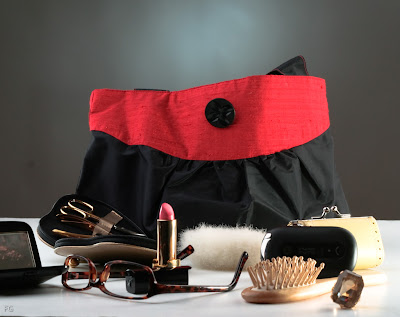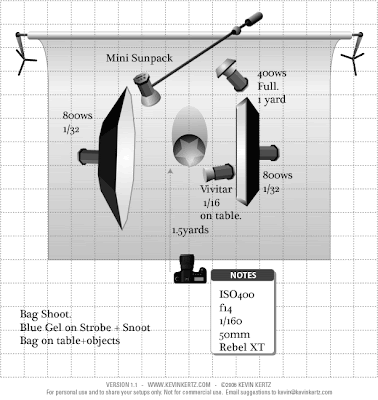This is a good way to (self) describe his work:
"I've worked out of a series of no's. No to exquisite light, no to apparent compositions, no to the seduction of poses or narrative. And all these no's force me to the "yes." I have a white background. I have the person I'm interested in and the thing that happens between us. "
This paragraph was taken from a comment by Jay Johnson on a photo forum.
Back in the 60's, 70's and 80's that NYC fashion guys were big into what everyone is calling the "Avedon look" including Avedon.
Most popular was shooting Tri-X overexposed (pushed to 1200 or more) with a #25 red filter. The models were made up with black lipstick and black nail polish. The film was processed in Dektol 1:3 or 1:4 at 70F for 4-5 minutes after a pre-soak.
This technique results in a porcelain looking skin and a soft but high contrast look that glows."
Will give it a try.















